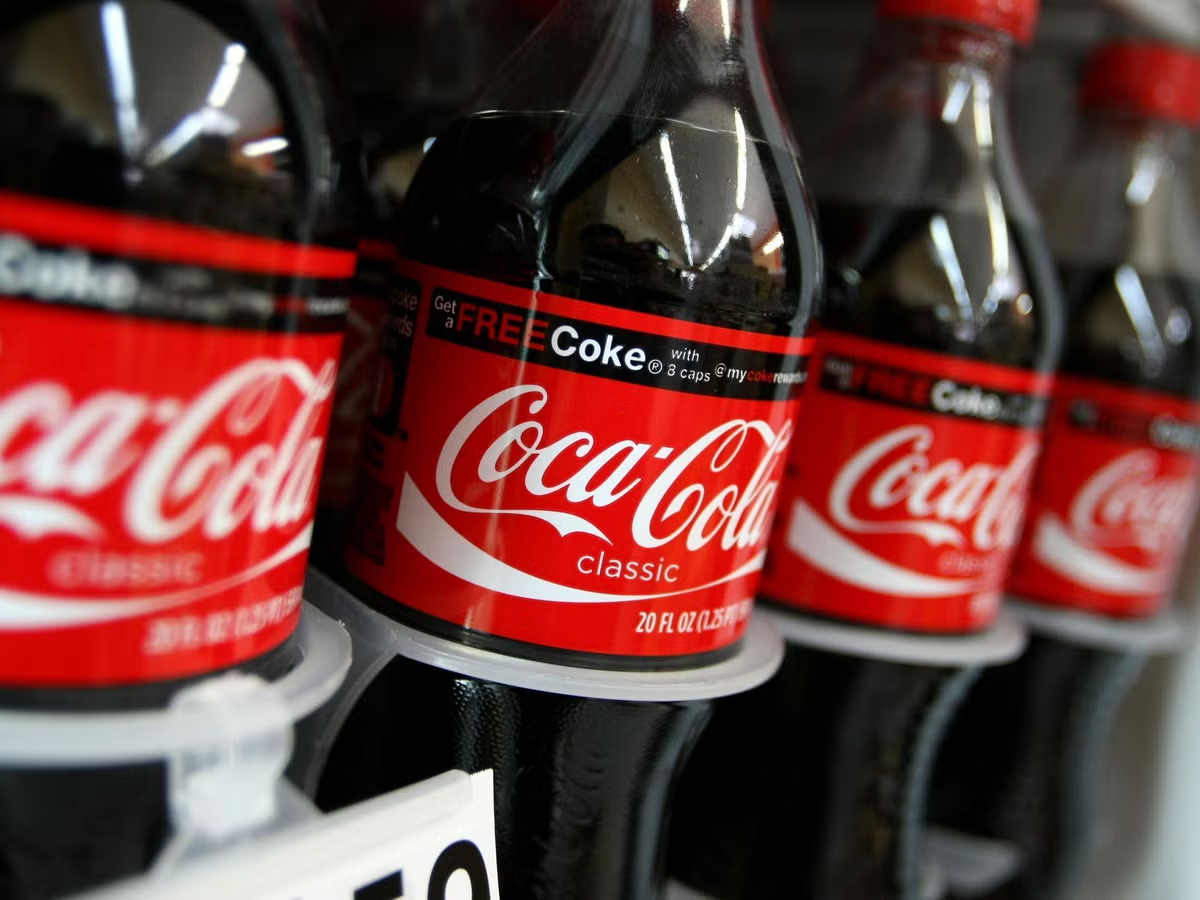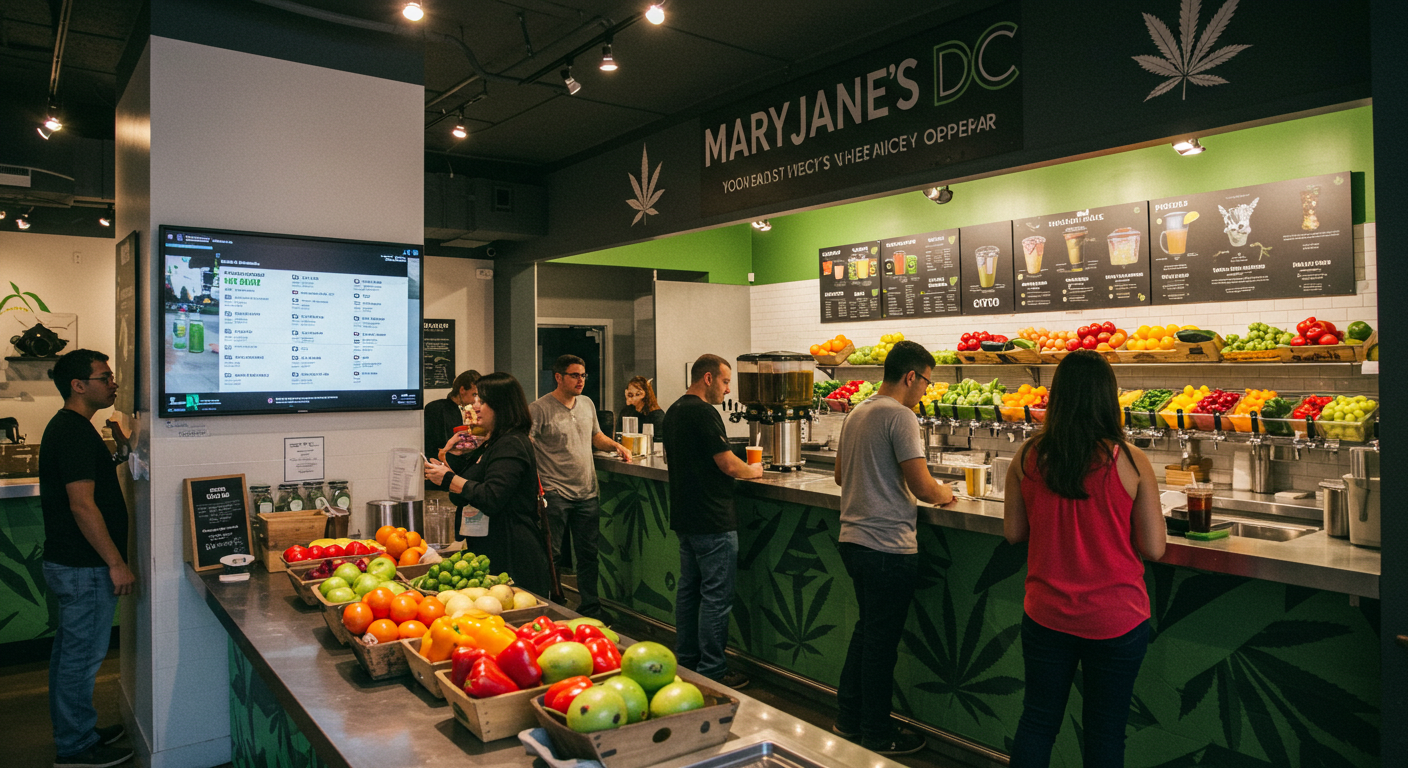Coca-Cola is more than just a beverage. It’s a cultural icon, a global business giant, and a product that has transcended generations. From its modest beginnings in a small pharmacy in Atlanta, Georgia, to becoming one of the most recognized brands on the planet, CocaCola’s story is one of innovation, marketing genius, and relentless pursuit of growth. This article explores the history, evolution, marketing strategies, and global impact of CocaCola.
A Brief History of CocaCola
The Birth of a Beverage (1886)
CocaCola was invented in 1886 by Dr. John S. Pemberton, a pharmacist in Atlanta. Originally created as a medicinal tonic to treat headaches and fatigue, the drink was first sold at Jacob’s Pharmacy. The original formula included coca leaf extract and kola nuts, from which the name “CocaCola” was derived.
Frank M. Robinson, Pemberton’s bookkeeper, not only named the product but also designed the iconic flowing script that still graces the CocaCola logo today.
Early Growth and Ownership
In 1888, just two years after its invention, Asa Candler acquired the CocaCola formula and brand. His keen business instincts and marketing strategies were instrumental in the early growth of the brand. By the late 1890s, CocaCola was one of the most popular fountain drinks in the United States.
Candler’s decision to begin bottling CocaCola in 1899 allowed the beverage to expand beyond the soda fountain, reaching rural areas and becoming more accessible to the public.
The Rise of CocaCola as a Global Brand
Expanding Internationally
By the mid-20th century, CocaCola had already established itself as a household name in the U.S. The company then began expanding internationally, with a clear goal: to make Cocacola available “anywhere a thirsty person might be.”
During World War II, CocaCola committed to providing American troops with a bottle of Coke for five cents, no matter where they were stationed. This wartime strategy introduced the beverage to new global markets and laid the groundwork for post-war expansion.
Entering New Markets
The company’s approach to entering foreign markets included localized bottling and distribution, ensuring freshness and supporting local economies. This decentralized model proved highly effective in making CocaCola a globally available product while maintaining consistent taste and quality.
CocaCola’s Unmatched Marketing Power
Iconic Advertising Campaigns
One of Coca-Cola’s strongest assets is its marketing. From the earliest advertisements in the 1890s to today’s high-budget commercials, Coca-Cola has mastered the art of emotional branding.
Some iconic campaigns include:
-
“It’s the Real Thing” (1971) – Emphasizing authenticity.
-
“Share a Coke” (2011) – Personalized bottles with names.
-
“Open Happiness” (2009) – Promoting joy and positivity.
These campaigns don’t just sell a product—they sell a lifestyle, a feeling, and a shared experience.
Branding Through Holidays and Culture
Coca-Cola’s contribution to popularizing the modern image of Santa Claus is legendary. In the 1930s, Haddon Sundblom’s illustrations of a jolly, red-suited Santa in Coca-Cola ads helped solidify the character’s current look.
Beyond Christmas, Coca-Cola has linked itself to sporting events like the FIFA World Cup and the Olympics, further embedding the brand into global culture.
Coca-Cola’s Product Diversification
Responding to Consumer Trends
With increasing awareness about health and wellness, Coca-Cola has expanded into bottled water, tea, and juice markets. The company also invests in plant-based beverages and sustainable packaging to align with modern consumer values.
The Business of Coca-Cola
Revenue and Market Share
Coca-Cola operates in more than 200 countries, selling an estimated 1.9 billion servings each day. Despite intense competition, particularly from PepsiCo, Coca-Cola maintains a leading share in the global non-alcoholic beverage market.
Franchise Bottling System
Coca-Cola’s business model relies heavily on its franchise bottling system. The company produces the syrup concentrate and sells it to authorized bottlers, who handle packaging, distribution, and sales in local markets. This model has allowed efficient global scalability.
Sustainability and Social Responsibility
Environmental Initiatives
Coca-Cola has made several commitments toward sustainability, such as:
-
Reducing carbon emissions across its supply chain.
-
Achieving 100% recyclable packaging by 2030.
-
Investing in water replenishment programs to give back more water than it uses.
Community Engagement
The Coca-Cola Foundation, the philanthropic arm of the company, supports global initiatives focused on clean water access, education, women’s empowerment, and disaster relief.
Challenges Faced by Coca-Cola
Health Concerns and Changing Preferences
Despite its popularity, Coca-Cola has faced criticism over its role in contributing to obesity and other health issues due to the sugar content in its beverages. This has prompted a significant pivot in product offerings and marketing toward healthier options.
Plastic Waste and Environmental Criticism
While Coca-Cola has pledged to improve its sustainability practices, it continues to be one of the world’s largest producers of plastic waste. Environmental activists and organizations have called for more aggressive action and accountability.
Innovations and the Future of Coca-Cola
Technology and Digital Transformation
Coca-Cola has embraced technology by:
-
Using AI for consumer trend analysis.
-
Implementing digital vending machines.
-
Launching mobile apps and loyalty programs.
These initiatives help Coca-Cola maintain relevance among younger, tech-savvy consumers.
Sustainability Goals and Circular Economy
The company is investing in sustainable packaging innovations, including plant-based bottles and refillable systems. Coca-Cola’s “World Without Waste” campaign aims to collect and recycle every bottle it sells by 2030.
Coca-Cola in Pop Culture
A Symbol of Globalization
From Hollywood films to international music videos, Coca-Cola appears as a symbol of Western culture, freedom, and happiness. It has often been cited in discussions about globalization and American cultural export.
Memorable Product Placements
Movies like “E.T.” and “The Gods Must Be Crazy” used Coca-Cola as a plot device or visual cue, strengthening its visibility across audiences worldwide.
Conclusion
Coca-Cola’s success story is built on a foundation of innovation, bold marketing, and global reach. From a medicinal tonic in 1886 to a multi-billion-dollar empire, the Coca-Cola brand has adapted to changing consumer tastes while maintaining its core identity.
Its impact on marketing, culture, and global business cannot be overstated. Despite modern challenges—from health concerns to sustainability—the company continues to evolve and push forward. Coca-Cola isn’t just a drink—it’s a legacy.




